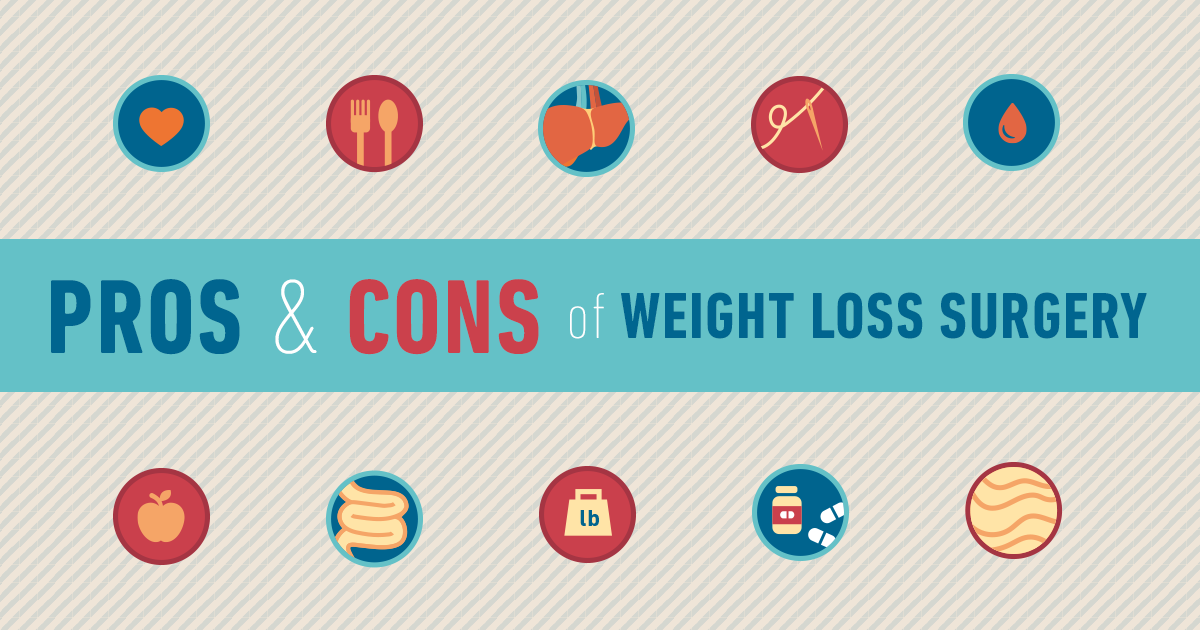Curious About The Distinctions Between SMILE, LASIK, And PRK Eye Surgical Procedures?
Curious About The Distinctions Between SMILE, LASIK, And PRK Eye Surgical Procedures?
Blog Article
Material Composed By-Ryberg Osborne
If you've been taking into consideration SMILE eye surgical treatment, you may wonder just how it stacks up against LASIK and PRK. Each procedure has its own set of benefits and factors to consider. From quicker recovery times to possible threats, there are key differences you need to recognize prior to choosing. Recognizing these distinctions will assist you make an educated choice that aligns with your certain needs and assumptions. Interested to understand more about exactly how these treatments contrast thoroughly? Keep exploring to obtain a thorough understanding of SMILE, LASIK, and PRK.
SMILE Eye Surgery Review
If you're considering SMILE eye surgery, you'll find it to be a minimally invasive treatment with a quick healing time. During SMILE (Tiny Laceration Lenticule Removal), a laser is made use of to produce a little, accurate cut in the cornea to remove a tiny item of cells, improving it to remedy your vision. This differs from LASIK, where a flap is created, and PRK, where the outer layer of the cornea is entirely gotten rid of.
One of the crucial benefits of SMILE is its minimally intrusive nature, bring about a faster recovery process and less pain post-surgery. The recuperation time for SMILE is fairly fast, with lots of individuals experiencing boosted vision within a day or 2. Read Home Page makes it a popular selection for those seeking a hassle-free and effective vision correction treatment. Additionally, SMILE has been revealed to have a lower threat of dry eye disorder compared to LASIK, making it a favorable alternative for people worried concerning this possible adverse effects.
Distinctions In Between SMILE, LASIK, and PRK
When comparing SMILE, LASIK, and PRK eye surgeries, it is very important to understand the unique techniques used in each procedure for vision adjustment.
SMILE (Small Cut Lenticule Removal) is a minimally intrusive procedure that involves developing a tiny cut to extract a lenticule from the cornea, reshaping it to remedy vision.
LASIK (Laser-Assisted Sitting Keratomileusis) entails creating a slim flap on the cornea, making use of a laser to reshape the underlying cells, and then repositioning the flap.
PRK (Photorefractive Keratectomy) eliminates the external layer of the cornea prior to improving the tissue with a laser.
which cataract surgery does medicare cover depends on the way the cornea is accessed and dealt with. SMILE is flapless, making it an excellent option for individuals with thin corneas or those associated with contact sports. LASIK offers rapid visual recovery due to the flap creation, yet it might pose a greater risk of flap-related complications. PRK, although having a much longer recovery period, avoids flap-related problems completely.
Understanding these variations is critical in selecting one of the most ideal procedure for your vision modification demands.
Pros and Cons Comparison
To examine the advantages and drawbacks of SMILE, LASIK, and PRK eye surgical treatments, it's essential to think about the certain benefits and prospective limitations of each treatment. SMILE surgical treatment uses the advantage of a minimally intrusive treatment, with a smaller sized laceration and possibly quicker recovery time contrasted to LASIK and PRK. It also minimizes the threat of completely dry eye post-surgery, a typical adverse effects of LASIK. Nonetheless, SMILE may have restrictions in dealing with higher degrees of myopia or astigmatism compared to LASIK.
LASIK surgical treatment provides quick visual recovery and minimal pain throughout the treatment. It's very effective in treating a wide range of refractive mistakes, consisting of myopia, hyperopia, and astigmatism. Yet, LASIK lugs a risk of flap problems, which can affect the corneal structure.
PRK eye surgical procedure, while not as preferred as LASIK, avoids producing a corneal flap, reducing the risk of flap-related difficulties. LASIK Surgery Custom appropriates for patients with slim corneas or irregular corneal surfaces. Nonetheless, PRK has a longer recovery time and might entail more discomfort throughout the healing procedure.
Conclusion
So, when it pertains to choosing between SMILE, LASIK, and PRK, think of it like choosing the perfect set of shoes. SMILE resembles a streamlined, comfy set of tennis shoes - quick and simple.
LASIK is extra like fashionable high heels - showy and fast, yet with some possible risks.
PRK is like tough hiking boots - reliable and sturdy, but calling for a bit even more time and effort.
Eventually, the best option depends upon your private demands and choices.
